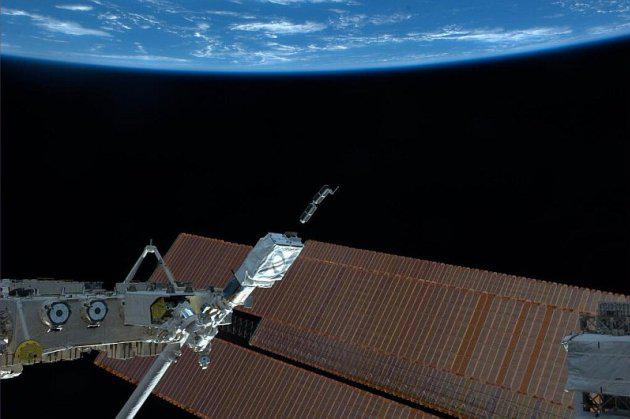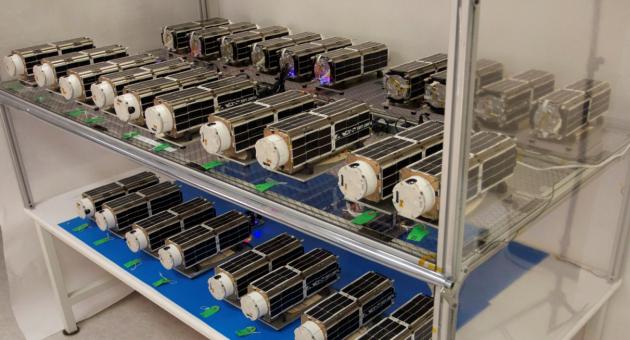Tomorrow 22-03-2014 there will be a FUNcube-1 (AO-73) Continuous Transponder Test.
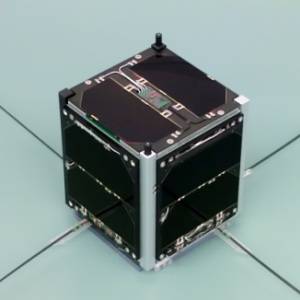 FUNcube-1 (AO-73) will be commanded into continuous transponder mode for one or two orbits so we can assess the effect of lower power being radiated by the sat on the battery temperature. We expect the satellite to be put into full time transponder mode (aka amateur mode) during the first morning pass on Saturday, March 22 over the UK, at approximately 0930 UTC.
FUNcube-1 (AO-73) will be commanded into continuous transponder mode for one or two orbits so we can assess the effect of lower power being radiated by the sat on the battery temperature. We expect the satellite to be put into full time transponder mode (aka amateur mode) during the first morning pass on Saturday, March 22 over the UK, at approximately 0930 UTC.
Please upload as many telemetry frames as possible so the group can analyze the effect on the battery.
Below the Orbitron pass prediction for Western Europe based on CEST (UTC+1)
Time zone : UTC +1:00
Search period : 03-22-2014 00:00:00 - 1 days
03-22-2014 24:00:00
Time Satellite Azm Elv Mag Range S.Azm S.Elv
--------------------------------------------------------------------------
03-22-2014 10:31:06 AO-73 90.8 20.1 ? 1406 138.6 31.5
03-22-2014 12:07:53 AO-73 289.9 50.9 ? 764 167.1 38.4
03-22-2014 13:43:20 AO-73 310.5 8.6 ? 2075 197.5 37.8
03-22-2014 19:58:15 AO-73 45.7 6.0 ? 2387 284.4 -10.1
03-22-2014 21:33:29 AO-73 65.6 34.0 ecl 1077 305.0 -23.5
03-22-2014 23:09:55 AO-73 263.9 34.1 ecl 1078 330.1 -33.6
The full article can be found at the Amsat-UK website: FUNcube continuous Transponder Test

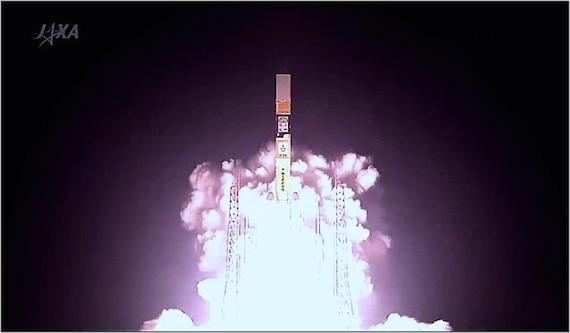

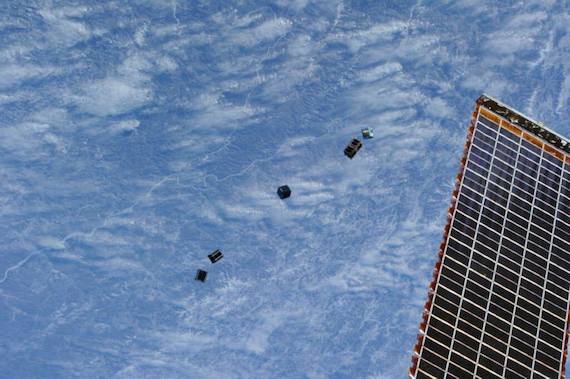
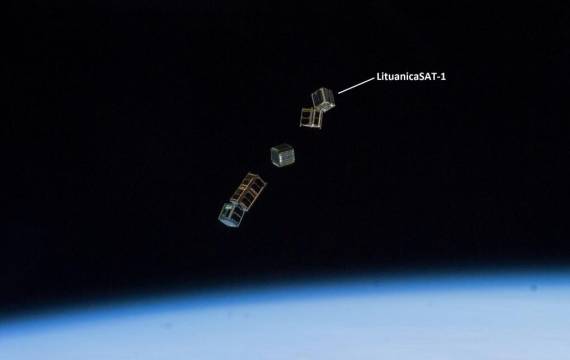
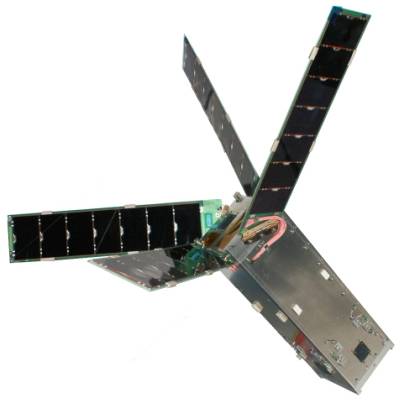 Unfortunately, we have not heard anything from Delfi-n3Xt since Thursday 20/02 after our transponder test. During the transponder test we could hear our side beacon at 145.870 MHz and we were still able to switch back to normal transmission an back to transponder again (and also received the beacon the second time). Nothing seemed to be wrong, except for the transponder itself not properly working. The satellite was supposed to return to nominal operations in the next orbit.
Unfortunately, we have not heard anything from Delfi-n3Xt since Thursday 20/02 after our transponder test. During the transponder test we could hear our side beacon at 145.870 MHz and we were still able to switch back to normal transmission an back to transponder again (and also received the beacon the second time). Nothing seemed to be wrong, except for the transponder itself not properly working. The satellite was supposed to return to nominal operations in the next orbit.
